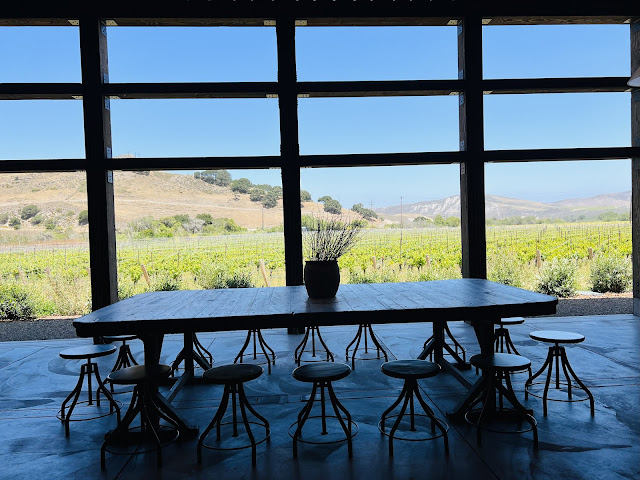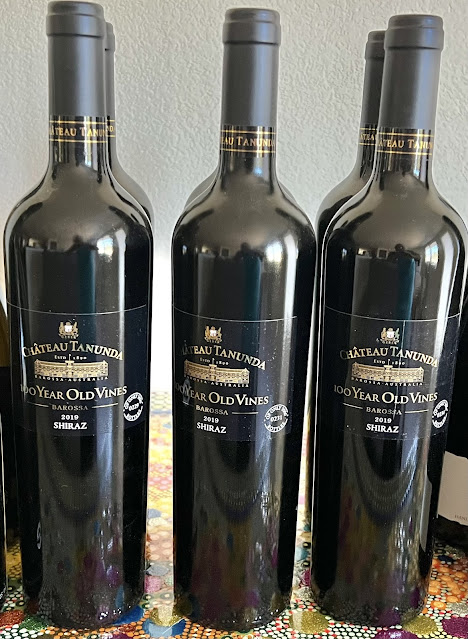Passion for learning is what drives me, to explore the world of wine. Fortunately, I have realized that I need to engage in a learning process over time, and sometimes this calls for multiple journeys to different places. Such is the case with this story, which I first shared in May 2021. The story goes something like this:
When enjoying California Zinfandel over the years other wine names were often brought up during the discussion. Perhaps you have heard there is a connection between Zinfandel and Primitivo, and maybe even Zinfandel and Plavac Mali? My Zinfandel explorations have also lead me to discover Crljenak Kastelanski. Indeed Zinfandel, Primitivo, Crljenak Kastelanski (Tribidrag) and Plavac Mali have things in common. What is the connection? In short Crljenak Kastelanski (original grape and indigenous Croatian grape variety) is a DNA match with Primitivo (from southern Italy and Sicily) and Zinfandel (California). Whereas Plavac Mali is the offspring of Crljenak Kastelanski and Dobricic (another indigenous Croatian grape variety). Let's explore the connection between Zinfandel, Primitivo, Crljenak Kastelanski and Plavac Mali as it is now understood.
Before beginning the Zinfandel's story I would like to note that the Croatian Tribidrag (known as Crljenak Kaštelanski in some sources, the Italian Primitivo, the Californian Zinfandel and the Montenegrin Kratošija (the variety known in Montenegro as Kratošija shares a DNA profile with Tribidrag; Kratosija is therefore the Montenegran synonym name for Zinfandel. Adding to the confusion, the name Kratošija has also been used in the region of Montenegro as a synonym name for the Vranac grape. Vrancac is also grown widely in Macedonia) are genetically (almost) identical. According to the ampelographic rule, a variety is named after the oldest name used, which is why the name Tribidrag, used the 15th century, was suggested in the grape variety bible Wine Grapes. While these varieties are almost genetically identical they have developed somewhat differently over the last 200 years in terms of ripening time, susceptibility to disease and taste. Let's begin in California where Zinfandel has a long history.
In Search of the Zinfandel Connection: Let the Story Begin
Before exploring California's Zinfandel I need to introduce Plavac Mali, the best known Croatian red wine, that nation's most sought-after red wine. Wine-searcher notes that Plavac Mali is one of Croatia's most planted varieties. The grape is found on the Dalmatian Coast, particularly on the Peljesac Peninsula, where the Postup and Dingac appellations are the best known examples of Plavac Mali wines. Plavac Mali gives low grape yields, producing concentrated wines. The result is Plavac Mali wines tend to be rich, and age-worthy red wines.
A Wine & More article credits a most famous proponent, Mike Grgich, for helping to bring Plavac Mali to international attention. Plavac Mali was first thought to be genetically identical to the Californian widely planted variety Zinfandel. It was Mike Grgich who was the winemaker of the iconic Chateau Montelena Chardonnay. Yes, the Chardonnay that upset French wine critics in the 1976 Paris Judgement. Grgich in 1977 broke ground for his own Napa Valley winery. This winery is now know as Grgich Hills Estate.
 |
| Old Zinfandel Vines, Marian's Vineyard © Spaswinefood |
 |
| Scott Harvey, Winemaker © Spaswinefood |
 |
| Scott Harvey, Vineyard 1869 Zinfandel 2008 © Spaswinefood |
 |
| Scott Harvey Wines 2008 © Spaswinefood |
Ridge, Lytton Springs Zinfandel, Dry Creek, Sonoma 2018
72% Zinfandel, 18% Petite Sirah, 8% Carignane, 2% Mataro
Vineyard: Lytton Springs Appellation: Dry Creek Valley
This is an award winning wine as indicated by the following reviews:
96 Points – Erin Brooks, The Wine Advocate
96 Points – Antonio Galloni, Vinous Media
94 Points (Cellar Selection) – Wine Enthusiast
93 Points – Zinfandel Chronicles
92 Points – Jeb Dunnuck, JebDunnuck.com
91 Points – Connoisseurs’ Guide
Vineyard Sv. Roko is located near the base of the scenic Pelješac peninsula, just north of the point where it becomes the mainland. This region is called Komarna, known for winegrowing since the Middle Ages. The mystical, southwest slopes of St. Roko are extremely steep, extremely difficult to cultivate, and extremely full of limestone which protects the vine from drought. To survive, the vine has to grow deep under a protective layer to find the fertile red soil. Exposed to the sun and wind, the vineyards offer spectacular views of the bay, the sea and the Pelješac peninsula. These are extreme conditions for making wine, where no one has made it before.
This full bodied, dry wine of a clear ruby red color with purple nuances, is very often referd to as “The Sun’s Child”. The nose is full of rich fruity aromas of blueberry, blackberry and plum, followed by aromas of mediterranean spice such as mint and basil, and some oregano. The texture is complex, layered with fine aromas of vanilla and dark chocolate, plums and figs,as well as some earthy elements. The finish is long, with notes of berry fruit and black pepper. It is differed by very fine minerallity and freshness.
Food pairing: Osso-bucco, roasted pork.
The nose of this wine is dominated by aromas of ripe red strawberries that are intermixed with those of cream, clove and hints of earthy elements. Aromas of Mediterranean spices and vegetation characterize wine of ruby red color. A warm and full-bodied wine of very pleasant acidity, dominated by chocolate and ripe fruit. Intensive notes of coffee with nutty elements in the background round up this rich Plavac Mali.
CHEERS!










































